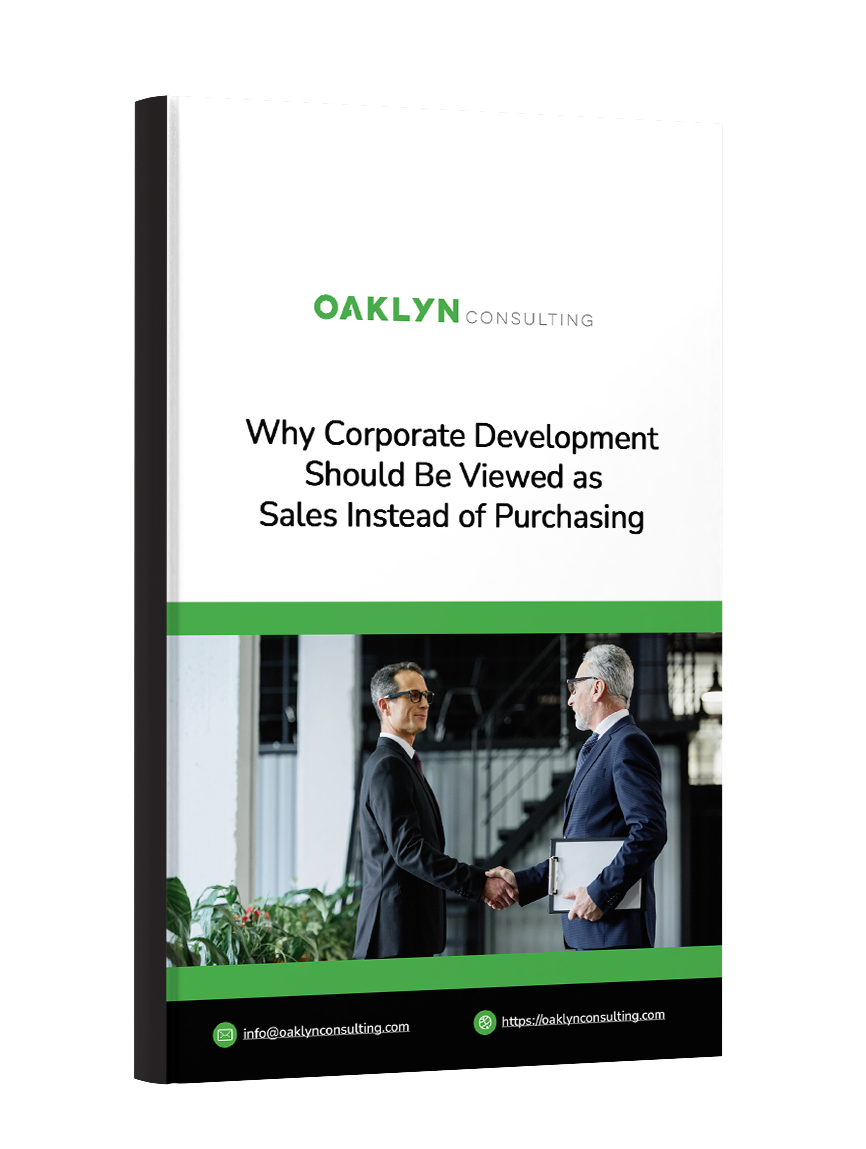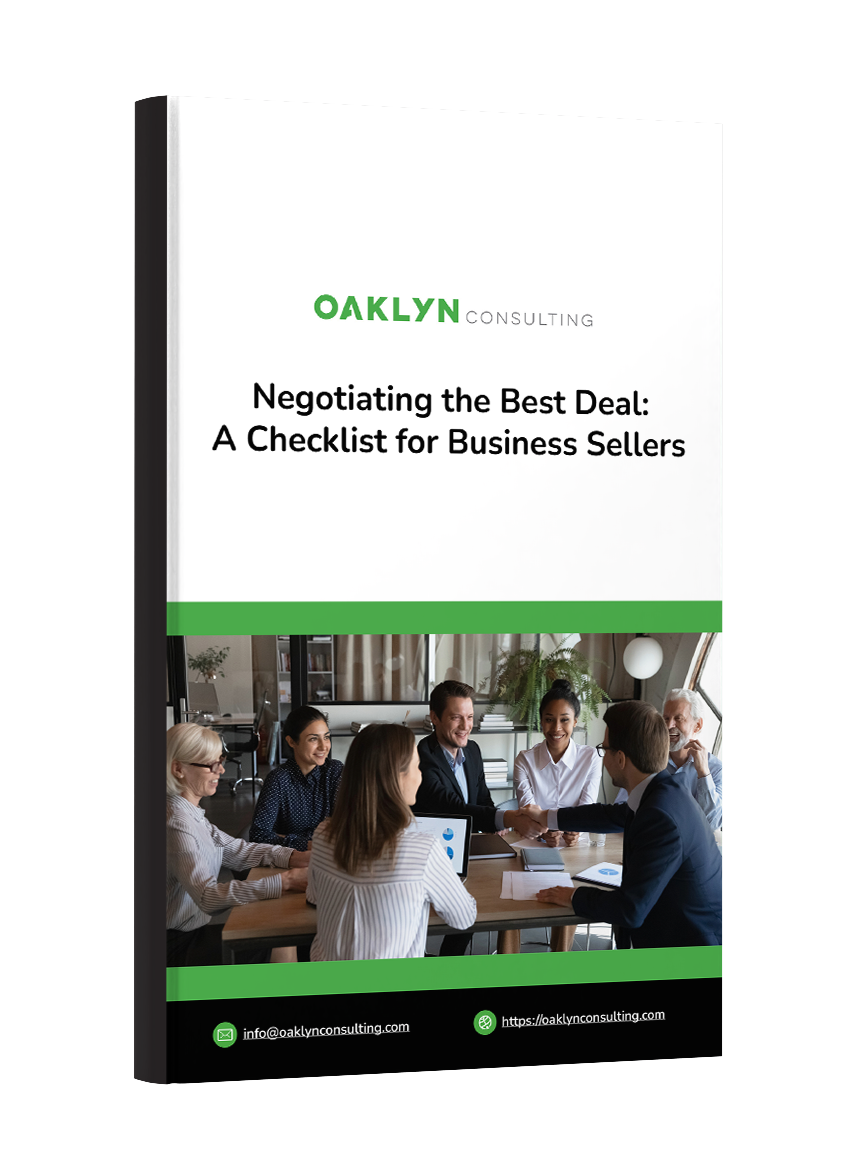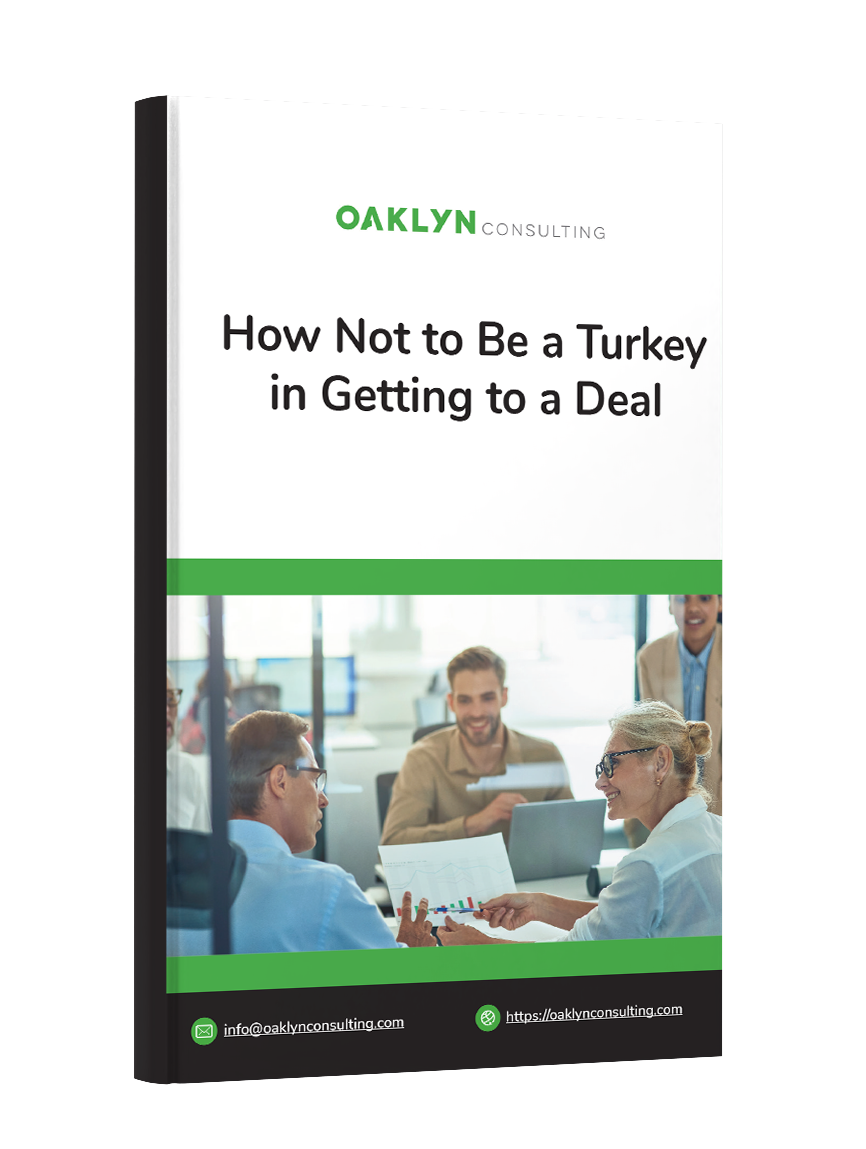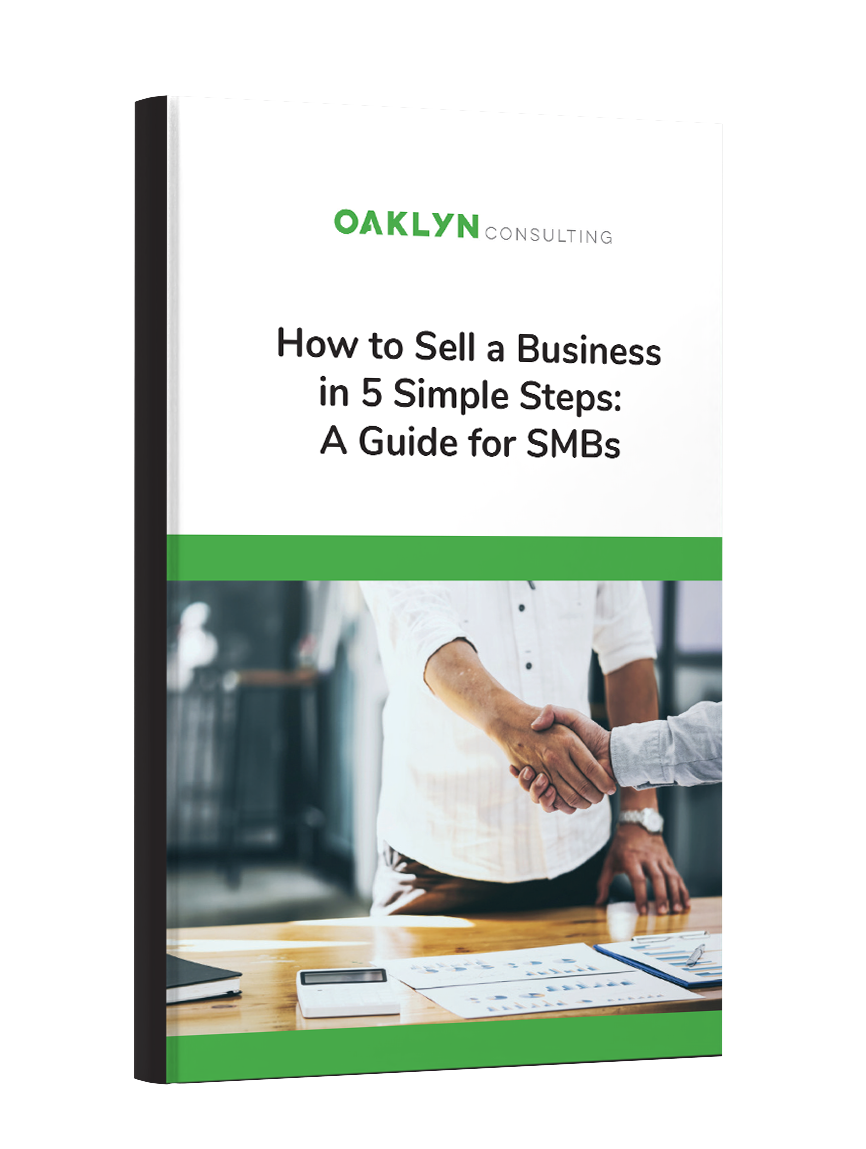Frank Williamson is managing partner of FourBridges Capital Advisors— a middle-market investment bank that specializes in serving privately owned businesses in the Southeast and the company behind Investment Banking South. He has a 20-year career managing mergers, acquisitions and financing as an investment banker and corporate executive. He holds a master’s in business administration from Harvard Business School and a bachelor’s degree from Williams College.
This is a continuation of a two-part interview series with Frank Williamson. Check out the first segment, where Williamson discussed the strength of the manufacturing sector, the increase of investor interest in the Southeast and how money from outside the region behaves differently than local investment.
KEY TAKEAWAYS:
Even though boomer-owned companies may flood the market over the next decade, strong businesses will most likely still find little difficulty in selling.Deciding to sell can be the longest part of the selling process. After that, should take roughly three to six months to prepare the business and an additional three to six months to market the business and negotiate and close a deal.As a seller, it’s important to be realistic about your business. Deal advisors like investment bankers, lawyers and accountants can help clean up the presentation, but they cannot build an entirely new company.Because selling a business should result in swapping the source of the owner’s income from a business to investments, personal advisors like lawyers and wealth managers can do a lot to create an efficient transition.
Q. ACCORDING TO THE INVESTMENT BANKING SOUTH SURVEY, DEAL FLOW IS A LITTLE LOWER IN THE SOUTHEAST THAN OTHER PARTS OF THE COUNTRY. IS IT HARD TO FIND SOMEONE WHO WANTS TO SELL RIGHT NOW?
A. A lot of people have been saying there are not as many deals as they’d like to see in the region. However, this doesn’t necessarily mean there are fewer deals per capita in the Southeast — just that people would like to see more, which is really a testament to how hot the region is right now.
People would rather be here than somewhere else. Because of that, there’s a perceived shortage of companies. There are piles of people who want to put money here but not enough quality companies to buy. Right now, in some growing Southeastern cities like Charleston, there are a lot of young companies that aren’t candidates to exit today but will be in the future. This bodes well for the future.
Q. CAN WE EXPECT TO SEE A GLUT OF COMPANIES ON THE MARKET IN THE COMING YEARS WITH THE IMPENDING BABY BOOMER EXIT?
A. Yes and no. While there will be a lot of business owners entering the life stage where they want to start slowing down, there are a lot of people who will solve that problem their own way. Not all will be looking for outside buyers. Some will create multi-generational companies, some will sell their business to management or employees and some probably won’t plan ahead at all.
Even as boomer-owned companies flood the market, if you have a good business, it doesn’t necessarily mean the window to sell is closing. If you’re thinking of timing the market to hit a peak, don’t. Conditions are good today and there are too many short-term uncertainties like politics and interest rates. But if you’ve got a good operation and you’re not looking to sell for five to 10 years, you’ll be fine. Periodically, business owners need to think about their long-term goals and plan accordingly.
Q. FOURBRIDGES HAS BEEN SPEAKING WITH SOUTHERN TOOL STEEL FOR A COUPLE OF YEARS, BUT THE ACTUAL SELLING PROCESS BEGAN SIX MONTHS AGO. WHAT’S THE NORMAL TIMELINE FOR SELLING A BUSINESS?
A. A lot of our client engagement time is spent consulting with owners and getting a business ready for sale. Once the owners and the business plan are ready, you can make a sale happen in three to six months. The longest part of the process, naturally, is a business owner making the decision that they’re ready to sell. With the current state of the market, there’s roughly a three- to six-month timeline between a business owner deciding he’s ready to sell to actually being ready, and then it takes an additional three to six months to sell after that. These steps would take longer if we were looking at a buyer’s market instead of a seller’s market.
Q. WHEN YOU TALK ABOUT GETTING A COMPANY READY FOR SALE, DOES THAT MEAN GETTING PAPERWORK IN ORDER OR ACTUALLY CHANGING THE COMPANY?
A. It’s about the paperwork — never changing the company. A business is a living, breathing thing. You can clean it up, get it detailed, sweep the floors and make it look better, but it is what it is.
Nevertheless, there is a lot of business paperwork to get your arms around: financial reports, operating reports, projections, contracts, asset listings, deeds, stock certificates, and on and on.
There is also a lot of personal paperwork and planning to address as a business owner transitions from earning a living from a business to earning a living from an investment portfolio. Think of gifts, trusts, wills, asset allocation plans and so forth.
People know already that they can’t change a business overnight, so it’s best just to be realistic about what they own. If you’ve got a Dodge, call it what it is and present it well. Don’t trick yourself into thinking it’s a Mercedes. As an operator, you can obviously ask yourself “Am I going to build myself a Mercedes?” years before you think about selling it, but once exit time comes, deal advisors can’t change the model for you.






